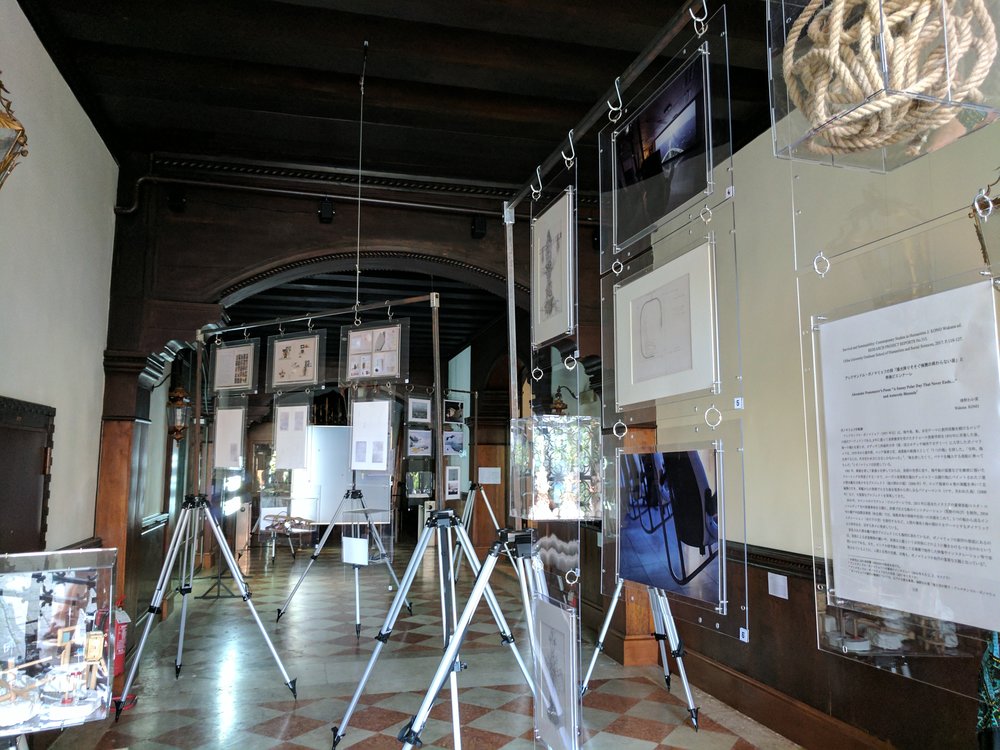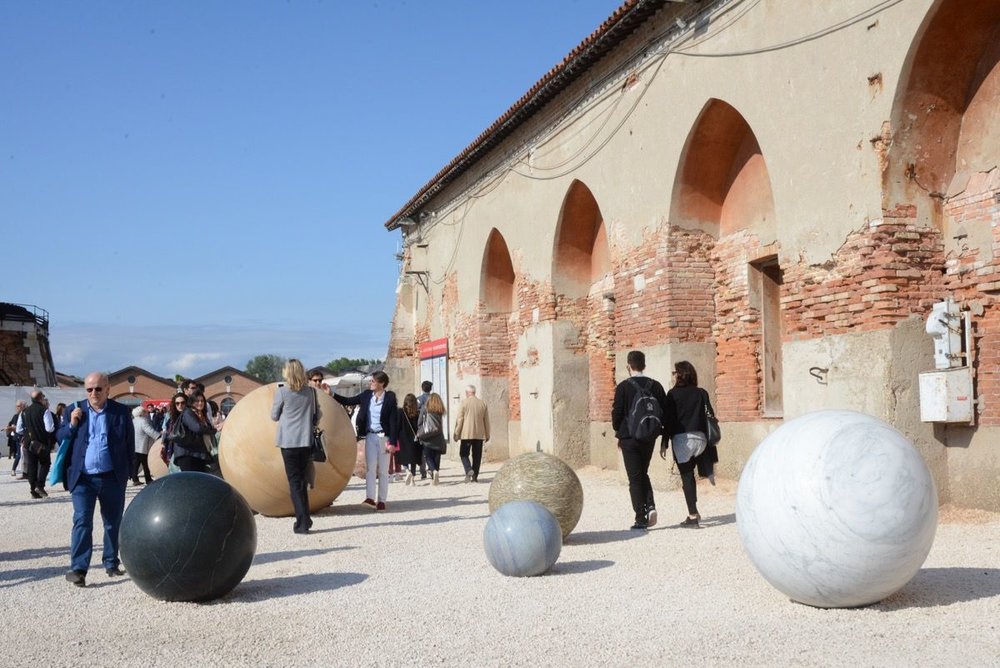Topology on Ice: Antarctica & the Arsenale
November 21, 2017
by Mercedeh Mirshamsi
Viva Arte Viva, this year’s 57th Venice Biennale, was a celebration of art as a catalyst for expanding our realities and world perspectives. It also acknowledged artists, who with their creativity and limitless imaginations, contribute to the collective human consciousness in a profound way. It was a celebration of transdisciplinary art, which uses transdisciplinary research and methods to explore problems of humanitarian concern.

A great example of this transdisciplinary approach to art in the Biennale this year was The Antarctic Biennale which was founded the by Russian Artist Philosopher, Alexander Ponomarev. This project is the epitope of inter-textual as well as topological dialogue between various different fields in the arts, engineering, and humanities. A platform was created on board of a vessel where extraordinary minds could come together and explore the boundaries of human experience through art. This resulted in a wholesome, uniting engagement of creativity, vitality, vigor and movement which is in essence quite Baroque, but with a modern sense of freedom and versatility.

I also found the Arsenale pavilion to be a stunning space for this venue. In addition to the amazing series of artworks that were on display, the building itself is of historic importance. It was a naval complex, the heart of the Venetian naval industry, which in modern times has come to a new life by transforming into a cultural space. These diverse sites with unusual blends of visual art and architecture both historically and topologically is what makes Venice in essence a Baroque city. The co-existence of the past and the present is the most noticeable charm of the Arsenale, but also the whole city in general.
Venice, being Baroque in nature, continues to evolve and change even today, embracing layers of diversity in all fields of humanities while maintaining a solid core. The very fact that the city itself is built on water is a great metaphor for evolution and stream of change, as well as vitality and movement.
